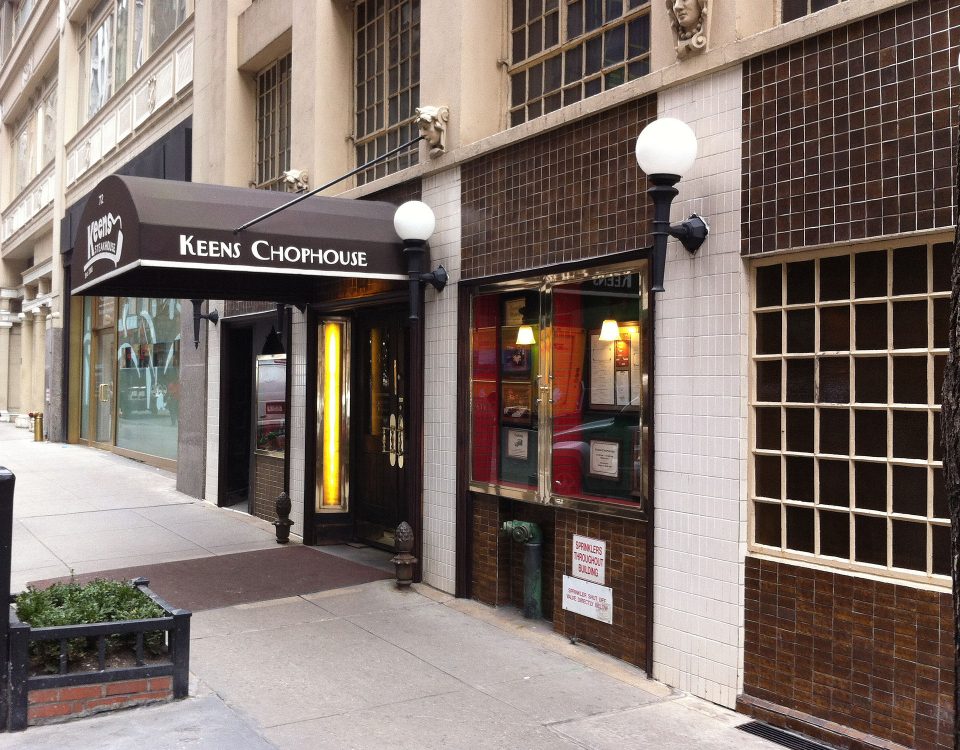If You Like Fresh Fish With That Prime Steak, Take A Look Inside A Local Fish Distributor
Harry Caray’s Italian Steakhouse, Chicago
February 9, 2013CHICAGO CUT STEAKHOUSE – RIVER NORTH – Steak Chicago
February 12, 2013The reality is Chicago’s best steakhouse’s serve some of Chicago’s best fish. So just like there is prime fresh caught seafood.
Here we take a look at one of Chicago’s preeminent purveyors of fine fish and seafood, flown in from all over the world and delivered to a myriad of restaurants and vendors. I recently took a tour of the facilities to learn more about it.
This fish company is basically the Willy Wonka factory of fish, with less whimsy and more scales. And when you tour it, your guide isn’t a sociopath. But I felt like a nautical Augustus Gloop while visiting recently, touring the facilities and learning what goes on at one of Chicago’s preeminent fish and seafood purveyor. After strapping on special coats, hats, and boots, so as to defend against the cold weather of the facilities and the fish smell, it was down the rabbit hole I went. There was a lot to see and discover at the fish company, but here are some of the most notable takeaways from my field trip:
Start Small, Grow Big
What started as a Chicago company quickly grew to supply much of the Midwest, with a presence currently in six states (Illinois, Wisconsin, Indiana, Michigan, Iowa, Missouri). It all started when they began delivering to southern Wisconsin, a short drive away from Chicago. They grew their market there and amassed the Midwest Whole Foods account, which entailed supplying to various cities such as Indianapolis, Grand Rapids, St. Louis, and Detroit. The growth was an organic process. Nowadays, you can’t swing a crab claw without hitting a restaurant in Chicago that works them.

(Crab Legs)
The Shellfish Room is a Crustaceon Wonderland
Lobsters and oysters and scallops, oh my! Shellfish-lovers will be in seventh heaven upon entering the shellfish room, one of the first sectors of the fish tour. Copious amounts of shellfish line the walls and fill bins throughout the space, including a three-tiered lobster tank, a miscellany of glistening stone crab claws, and even custom shellfish grown to spec for Fortune. The fish company has their own 1871 oysters, harvested in Virginia and modeled after a style of oyster popular in 19th century Chicago. They also have their own scallops!
The Baby Octopus Tenderizer
Just like having your steak aged and tenderized There’s a machine that looks like a miniature amusement park ride, the kind where people line up along the walls and they start to spin so fast that they stick to it and the floor disappears and someone pukes. Except here it’s for tenderizing baby octopus, and it’s amazing.
Break it Down
Large cuts of fish and whole fish make their way through an impressive, dexterous assembly line to be scaled, cut, and de-boned by a lineup of veritable fish ninjas. Fish here range from larger varieties such as tuna to smaller fare like whitefish. Byproduct is discarded into designated bins to be picked up by a pet food company that processes them to make pet food.

(Organic salmon!)
Popular Provisions
Farmed Atlantic salmon, tuna, in-season halibut, shrimp, king crab, and walleye are among the top sellers. They also sell more scallops than most anyone else in the country. Around the holidays, lobster and shrimp are especially popular, what with the holidays basically being shrimp cocktail season.
Meribelle Crab/Seafood
The latest product for is a line of crab meat sourced from one plant in Thailand, though the line may expand to other things beyond crab. As with their custom oysters and scallops, Fortune Fish goes to great lengths to ensure high quality and unique, precise attributes for their products. They visit growers where they want to source from, taste products from different farms, test batches, and grow items to spec.
Sustainability is Paramount
Of course, sustainability is of the utmost importance for a fish and seafood company.


